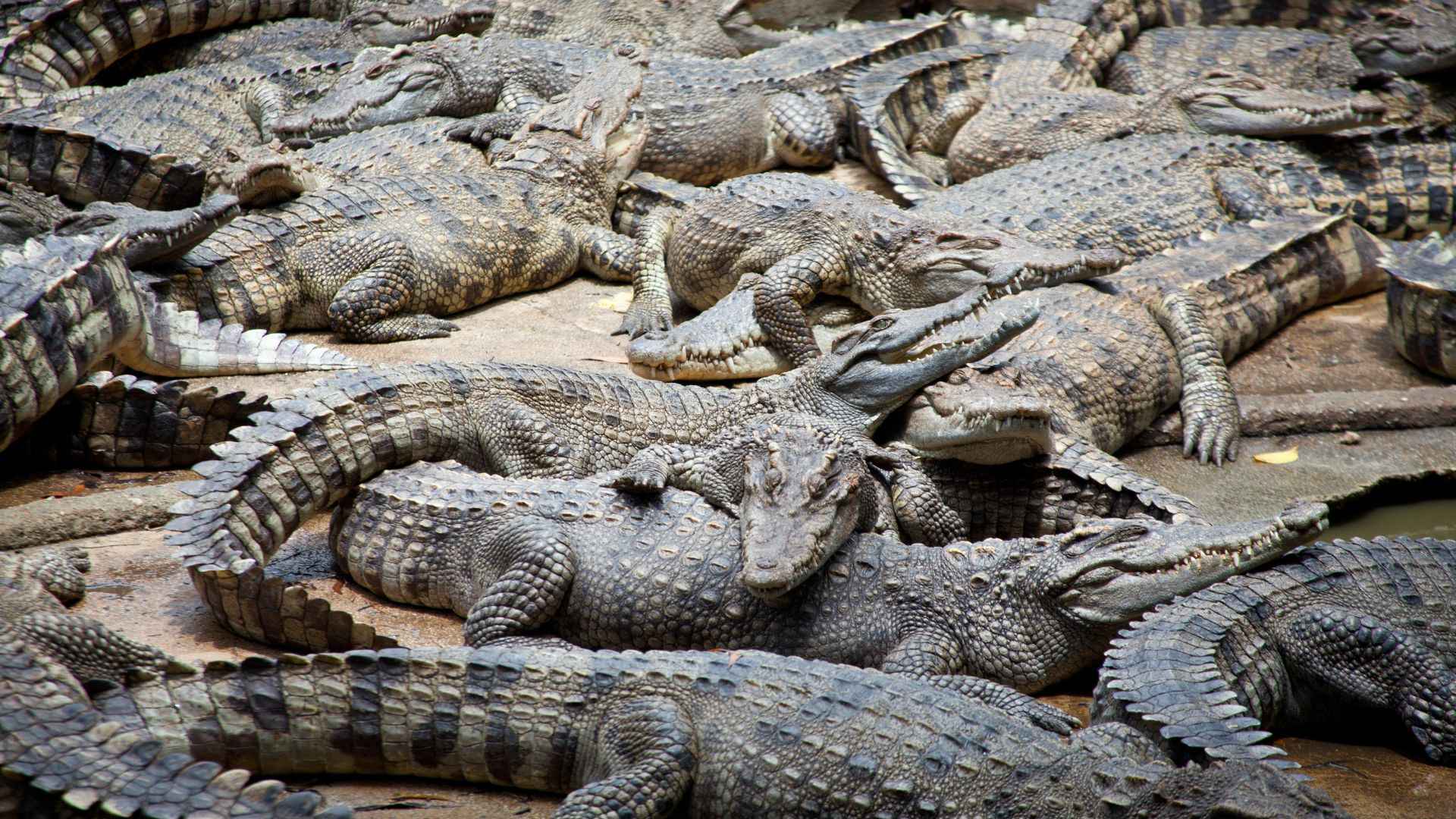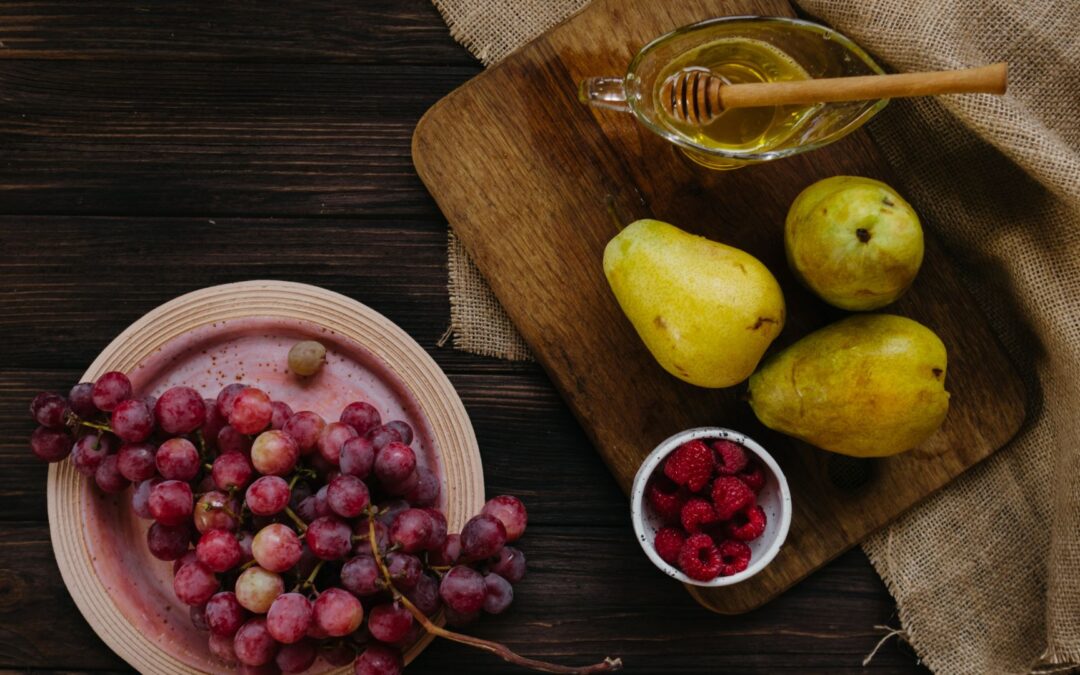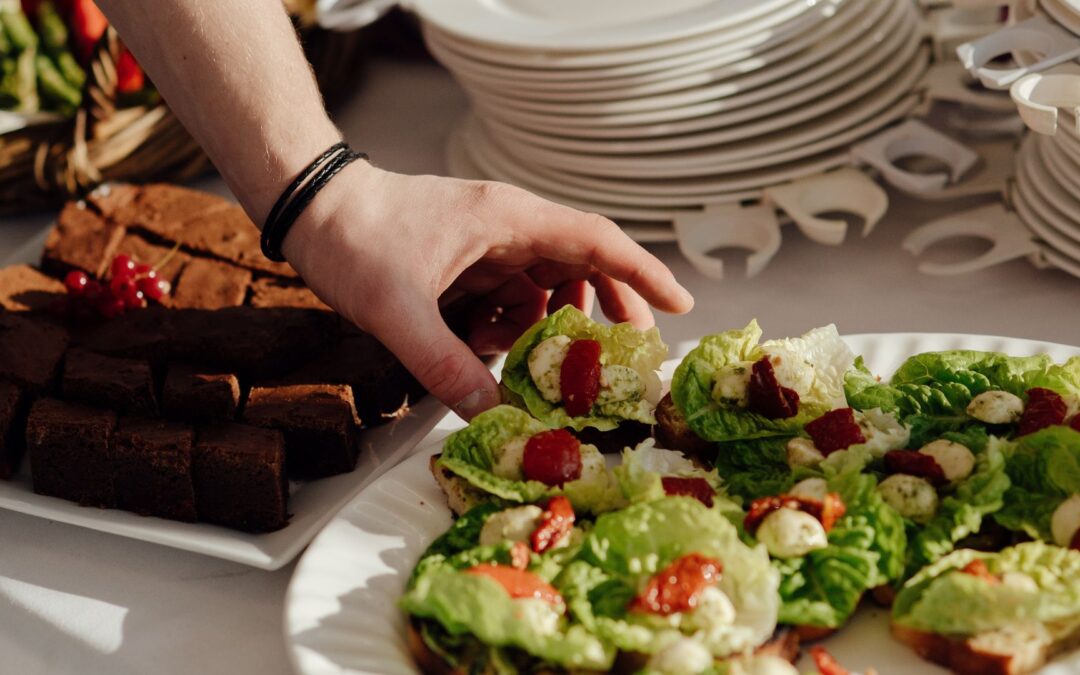In the early 20th century, crocodile farms were built as tourism sites. But since 1960, the breeding of crocodiles and harvesting of their eggs were taken under action on-site. People understood the benefit and utensil profits come from crocodile cultivation. Because, a crocodile farm or an alligator farm is an establishment for breeding and raising crocodilians to produce crocodile and alligator meat, leather from crocodile and alligator skin, and other goods. The farming of crocodiles is a form of intensive animal cultivation. The raising requirements which are needed for crocodile farming are similar for all crocodilian species but sometimes some aspects vary for specific species. For farming, the Siamese Crocodile (C. siamensis) species is better to compare to the Saltwater Crocodile (C. porosus). The latter is much more territorial and aggressive. Unlike conventional domesticated animals, the main product from crocodilians is the skin, and meat is a by-product. That is why during rearing special care is taken to minimize damage to the belly skin. It is maintained from the substrate surface to social interactions with other crocodiles. When they grow larger the density at which are maintained is reduced. This is to reduce interactions between individuals and to promote growth.
Currently, over 1.5 million crocodilian skins are taking part in international trade and commerce per year. They are exported legally from about 30 countries. The main species in international trade (and main producer countries) are C. niloticus (Africa), C. siamensis (Thailand, Vietnam, Cambodia), C. porosus (Australia, Papua New Guinea, Indonesia, Malaysia, Singapore, Thailand), C. novaeguineae (Papua New Guinea, Indonesia), C. acutus (Colombia, Honduras), C. moreletii (Mexico), C. Crocodilus (Colombia, Bolivia), C. yacare (Brazil, Argentina, Bolivia), C. latirostris (Argentina) and A. mississippiensis (USA). But Bangladesh is also progressing in a mentionable amount of earning through crocodile farming. Hatiber village of Uthura union in Shalban, 20 kilometers from Bhaluka Upazila headquarters in Mymensingh, is now known as “Crocodile Village.” Crocodile farming has been started in our country, under the initiatives of a private farm named Reptiles Farm Limited (RFL). It is the only commercial producer of crocodiles in our country. In 2003, this farm has been established in Uthura, Under Bhaluka Upazilla. This farm is situated 14 km from Mymensingh road with 15 acres of land. The farm imported 75 crocodiles (15 males and 60 females) from Malaysia at the cost of Tk. 1.15 crore on 22 December 2004. Now there are about 3,000 big and small crocodiles. Every year during the breeding season about hundred baby crocodiles are produced artificially from eggs. The scientific name of the imported species is Crocodylus porosus (Saltwater crocodile). The average life span of Crocodylus porosus is about 100 years.
There are not many crocodile farms in Bangladesh. But besides RFL, there are crocodile farms in Bandarban – Naikhongchhari area, Cox’s Bazar, and Bagerhat too. Akij Wildlife Farm Ltd. is a crocodile breeding centre at Naikhongchhari in Bandarban on the mountain of Ghumdhum.
In 2010, this farm was founded close to the border of Myanmar on a 25-acre hillside land. These Freshwater crocodiles were brought up in an amount of 50. Now, there are 47 large crocodiles along with 27 mother crocodiles that are productive enough to produce 30-50 eggs yearly. In the Ukhiya Kutaplong, near the Balukhali area of Cox’s Bazar District, there is a large crocodile farm besides other animals. Crocodiles are seen near a pond at the farm which has almost 600 crocodiles for exporting. It is an amusement park for tourists as well as they are well-breeding the crocodiles’ eggs. In 2002, Bangladesh Government established an “Antelope and Crocodile Breeding Center” in Koromjol, near Mangrove forest Sundarban, to protect crocodiles and alligators. Meanwhile, the farm has produced crocodilians more than 300, and 72 of these crocodiles were released in Sundarban for natural perambulation. 5 of these crocodiles were sent to Dolahajar Safari Park and 3 of them were sent to Patuakhali.
Generally crocodile breeds in the rainy season. They lay eggs after 7 days of mating. Every female crocodile lays 20 to 80 eggs. Crocodiles do not lay eggs in the daytime. In most cases, they lay eggs at dead of the night and all the eggs are laid in a day on a nest. They build their nest of soil, leaves, and other vegetation. Sometimes they build two nests where one is false to bluff their enemies. Mother crocodiles protect their nest very aggressively and absorb or destroy the eggs when the external environment is unfavorable. An ultra-modern artificial incubator is used on the farm with a view to incubation of the eggs. At 32°C temperature, 80-82 days are required for the eggs to hatch. Interestingly, the sex of the young depends upon the temperature of the incubator. If the temperature is maintained between 30-32°C, it’s a male, whereas when the temperature is maintained below 30°C, it’s a female.
On the international market, crocodile skins, teeth and bones are exported at very high prices. One square centimeter of their hide sells for about $15. Leather belts, women’s vanity bags, shoes, and many other expensive items are made. In addition, perfumes are made from crocodile bones, jewelry, and various fancy items from teeth. Crocodile meat is so expensive. It is sold at about $40-50 per kilogram in many countries. So in a word, nothing of a crocodile is thrown away.
Since 2010, RFL from Bhaluka are exporting 1,507 crocodile hides to Japan, each costing $500, totaling Tk6 crore. Also, they have exported 67 crocodiles in 2016 for a research project of Heidelberg University, Germany. Every year, they export more than 500 crocodiles to Japan and earn great revenue in Asian Markets. More than 2000 crocodiles are exported worldwide, such as France, Germany, and Italy from RFL, Bhaluka. So, we can already imagine how much we export from other crocodile farms of Bangladesh!
Bangladesh has a magnificent history of her industrial growth. We gained a reputation through our productive agricultural environment – jute, rice, fish, etc. Not only these we have the largest trench in our Apparel industry. Years after research, Bangladesh is also progressing in the Biomedicine industry. Soon, it will be no more impossible to expand the crocodile farms of our country. The economic growth in this sector will add a dimension to our Economic Development.






